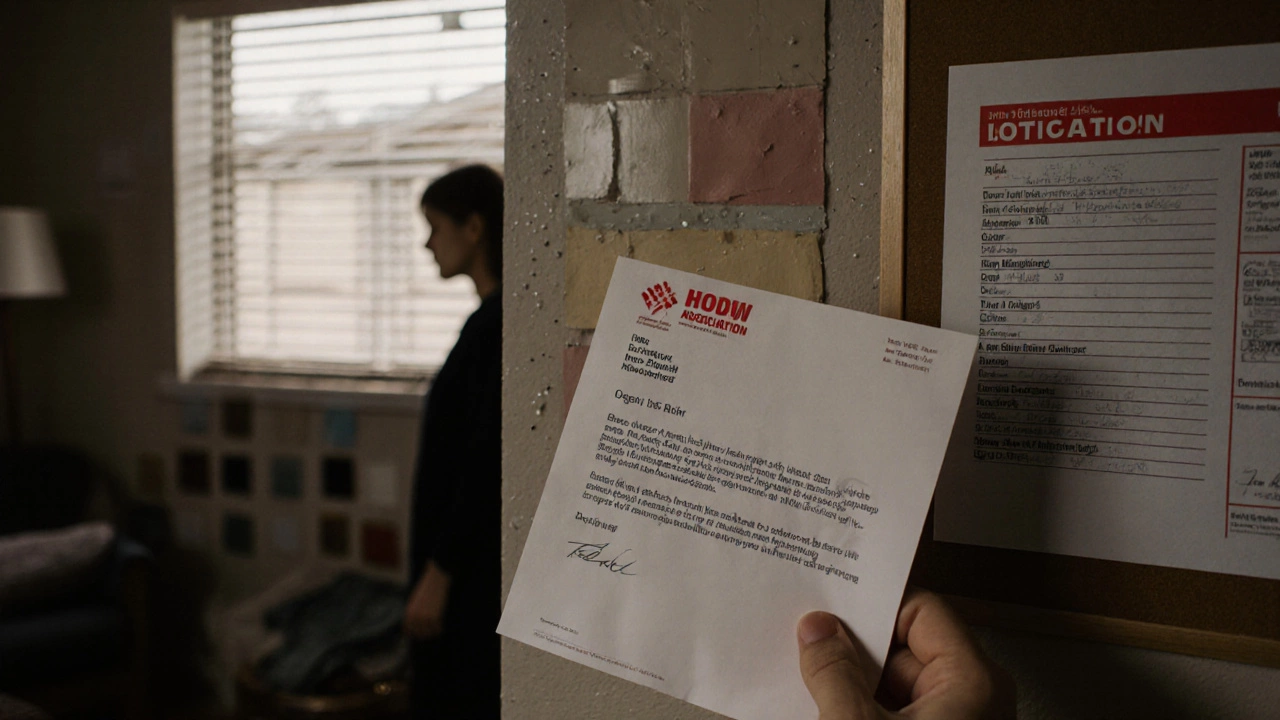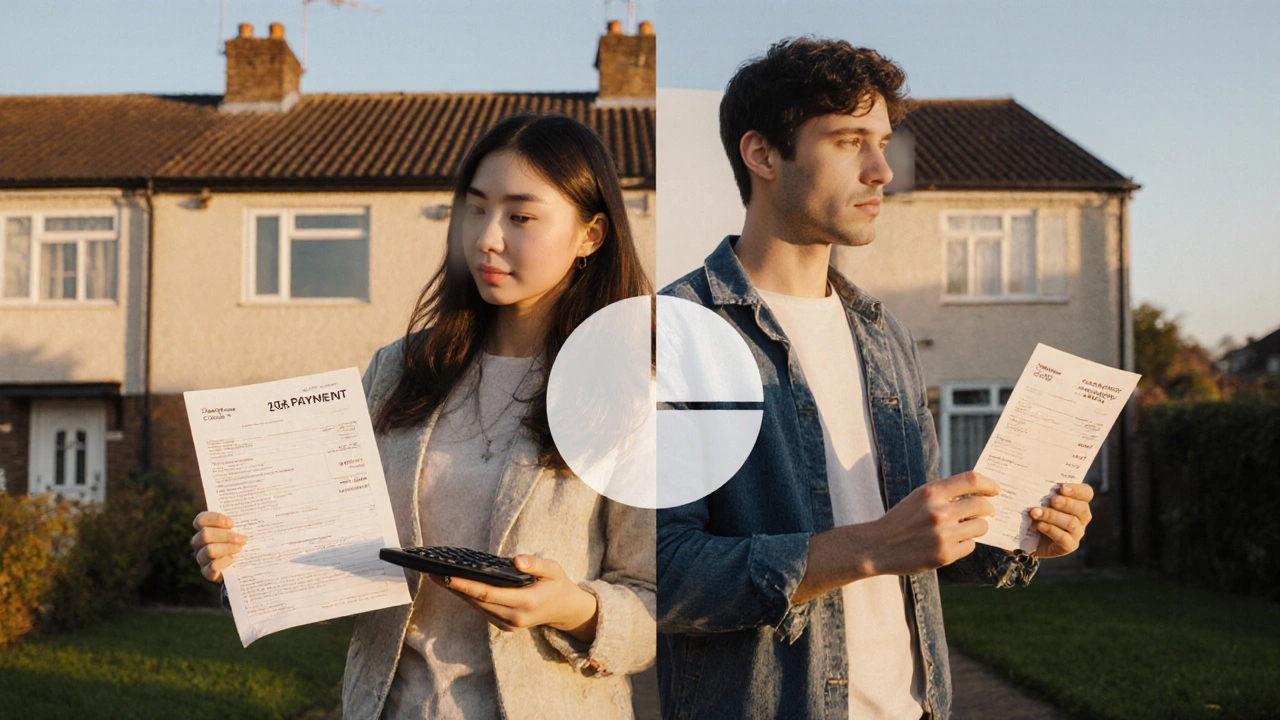Owning shares in a shared ownership home seems like a path to homeownership, but hidden costs, rent hikes, and lack of control make it a risky choice for many. Here’s what no one tells you before you sign.
Shared Ownership Cons – What Buyers Need to Know
When exploring Shared Ownership, a housing scheme that lets you buy a portion of a home and pay rent on the rest. Also known as shared equity scheme, it aims to make property affordable for many. But the downsides can catch you off guard.
One major hurdle is Staircasing, the process of purchasing additional shares to increase your ownership percentage. While it sounds like a simple path to full ownership, the costs rise sharply with each step, and every extra share triggers new legal fees, valuation charges, and higher mortgage rates.
Even after you own a slice, you’ll still pay Rent, a regular charge on the remaining share owned by the housing association. This rent can climb if market rates shift, eroding the affordability you thought you secured. In effect, shared ownership cons include paying rent on top of mortgage payments, which many first‑time buyers underestimate.
The Equity Share, the percentage of the property you actually own determines resale rules, service charges, and how much of any price increase you capture. A low equity share often means you miss out on most of the gains when the market booms, while the housing association retains the bulk of the appreciation.
Common Pitfalls of Shared Ownership
Many first‑time buyers see shared ownership as a stepping stone, but the scheme’s rules can lock them into long‑term commitments that limit flexibility. You may need the landlord’s permission to make alterations, and subletting is usually prohibited, which restricts rental income opportunities if your circumstances change.
Reselling a shared‑ownership home is another headache. Because the market for partial shares is smaller, finding a buyer can take longer, and you’ll often have to sell through the same housing association, which may charge additional fees or impose price caps.
Service charges and ground rent are not covered by the shared‑ownership label but still apply to the entire property. These recurring costs can add up, especially in older developments where maintenance expenses are high.
Mortgage qualification can be tricky. Lenders view shared‑ownership loans as higher‑risk, so they may require larger deposits or offer less favorable interest rates. This can offset the initial affordability advantage the scheme promises.
Finally, staircasing isn’t always a guaranteed route to full ownership. If property values fall, buying additional shares may not make financial sense, leaving you stuck with a lower equity stake and higher overall costs.
All these factors combine to create a complex picture. Below you’ll find detailed articles that unpack each of these issues, show real‑world examples, and offer practical tips for navigating the challenges of shared ownership.
Explore the three main drawbacks of shared ownership homes, from double payments to lease restrictions and staircasing costs, and learn how to manage them.

